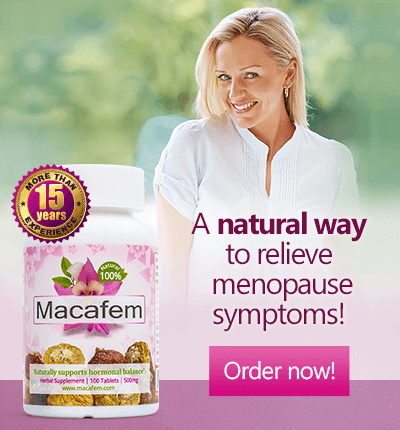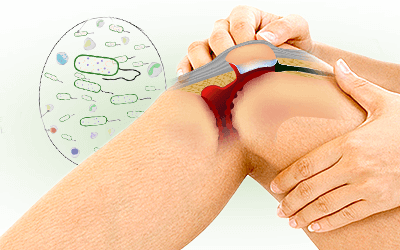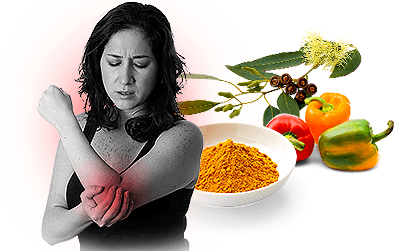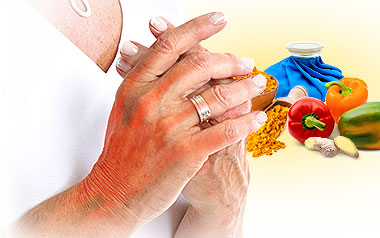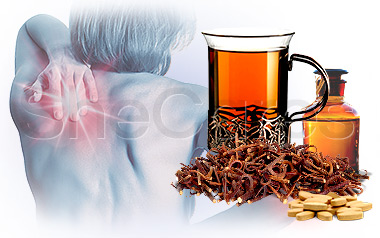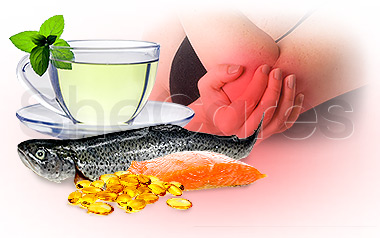About
Quick Facts about Joint Pain
- Pain can occur in any joint in the body. The most common reported joint pain is that of the knee, followed by pain of the shoulder and hip.
- Approximately 27 million Americans currently suffer from osteoarthritis - one of the most common causes of joint pain.
- Joint pain is an extremely common condition; a recent survey conducted by the Centers for Disease Control and Prevention indicates that one third of all adults living in America have suffered from joint pain within the last 30 days.
- Joint pain is twice as common in women as in men, and reports of joint pain increase with age.
Joints form the connections between two bones. They also provide support, and help the body to move. When joint damage occurs, the result may be pain and or a loss of mobility. Joint pain is distinguished by discomfort, inflammation, soreness, aches, pain, warmth or stiffness in any of the 360 joints of the body.
Contrary to common belief, joint pain is not inevitable with age, and is generally indicative of an underlying condition or hormonal imbalance, as with those that occur naturally during puberty, pregnancy, post-partum - including breastfeeding - and menopause. Once the root cause is addressed and treated, inflammation and pain generally subside.
Identifying Joint Pain
Joint pain may be experienced in brief periods and termed acute, or may be long lasting and chronic. Chronic conditions are defined by those lasting more than three months.
Acute cases of joint pain may be triggered by certain conditions, like medications, smoking or an imbalanced diet, whereas chronic joint pain generally occurs alongside pre-existing medical conditions.
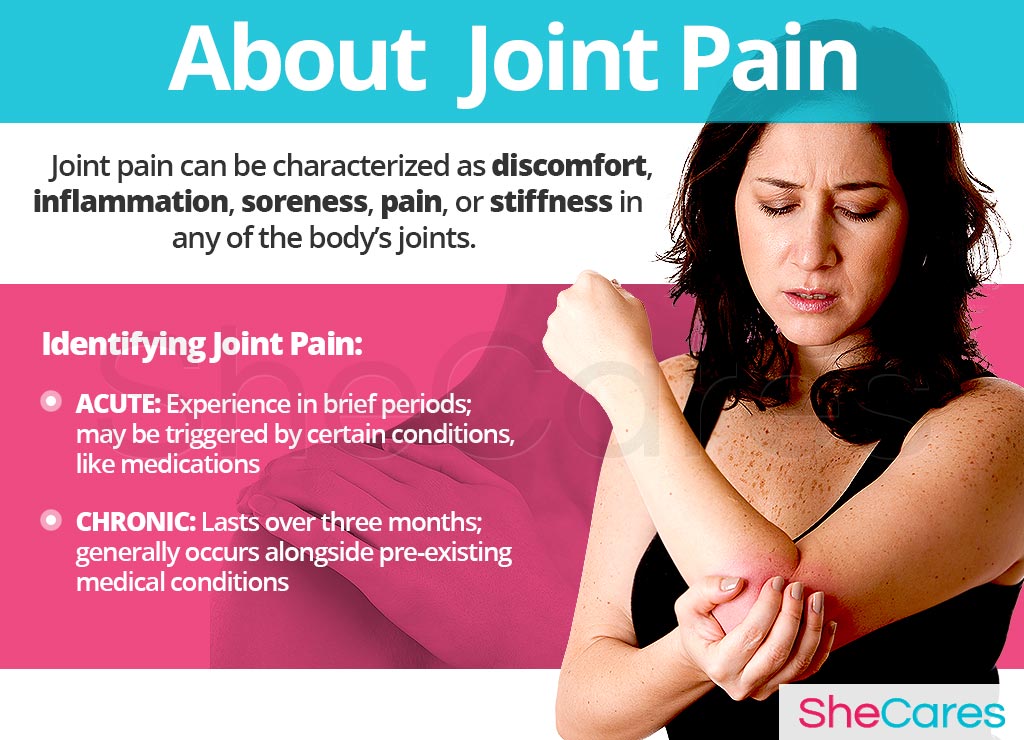
Causes
Learning about the causes of joint pain can help women to prevent or treat these instances. Joint pain is usually the symptom of a greater problem, such as hormonal imbalance, bone disease or arthritis.
Brief episodes of joint pain can coincide with hormonal changes. Read on to discover the hormonal causes of joint pain.
Hormonal Causes of Joint Pain
Hormones regulate a variety of bodily functions, like growth, sexual reproduction and brain function. Balanced hormonal levels are required in order for the body to function properly. Higher or lower levels of certain hormones can cause joint pain.
- Estrogen. During puberty, pregnancy, postpartum and menopause, estrogen levels in a woman's body are fluctuating. Low levels of estrogen can cause joint pain, increased risk of injury and bone loss, among other symptoms.
- Cortisol. This hormone works as an inflammatory agent, which means that is causes inflammation. It is also released in response to stress, which means that sustained stress causes inflammation in the body, and can lead to joint pain.
- Endorphins. Endorphins are natural hormones that create a sense of pleasure, and are the body's natural painkillers. For reasons unknown, these hormones are thought to work more effectively in men than in women. Pain researcher at Louisiana State University, Patrick Wood, MD, states, "Studies have found that females release less of the brain chemical dopamine in response to painful stimulation. Without dopamine, endorphins can't function effectively." Thus, women may experience any sort of physical pain more profoundly than men.
It may be necessary to make lifestyle changes, or take supplements to lessen the effects of hormonally induced joint pain. Before treatment, it is important to be sure about what is causing this condition. Read on to learn about the other causes of joint pain.
Although hormonal imbalance is one of the main causes of joint pain during a woman's reproductive life, the root causes at each stage of development vary. For example, during puberty, joint pain tends to be caused by something different than that during menopause.
There are also specific hormonal causes according to the stage of a women's reproductive life in which joint pain is known to appear. These specific hormonal causes, coupled with other factors, can influence each woman's experience of joint pain, as demonstrated below:
Hormonal Causes during Different Phases in a Woman's Life
Puberty is the stage in which a girl's body begins to produce reproductive hormones; these and other factors, such as school and dating pressures, contribute to joint pain during puberty.
Pregnancy leads to extreme changes in the production of reproductive hormones, which along with other factors, like fatigue or bodily changes, can lead to joint pain.
Postpartum and breastfeeding is another stage where reproductive hormones are imbalanced, leading to symptoms including joint pain. Also, other factors contribute to joint pain during postpartum, like postpartum depression.
Menopause is the stage in a woman's life when production of reproductive hormones naturally declines, signaling the end of a woman's fertility. As well as hormonal causes, other factors add to the reasons for joint pain during menopause, including the experience of other symptoms of menopause.
While hormonal imbalance is the major underlying cause of joint pain during a woman's reproductive life, other less common conditions may also be the cause of joint pain.
Other Less Common Causes of Joint Pain
Some other causes of joint pain that are not related to hormonal imbalance are; past injuries, arthritis, fibromyalgia and osteoporosis.
Although joint pain may occur naturally in periods throughout a woman's life because of a shift in hormones, it can also signify a more serious condition.
Although the most likely cause of joint pain for women is hormonal imbalance, some women are more at risk of developing this condition than others. Keep reading to learn more about the risk factors for joint pain.
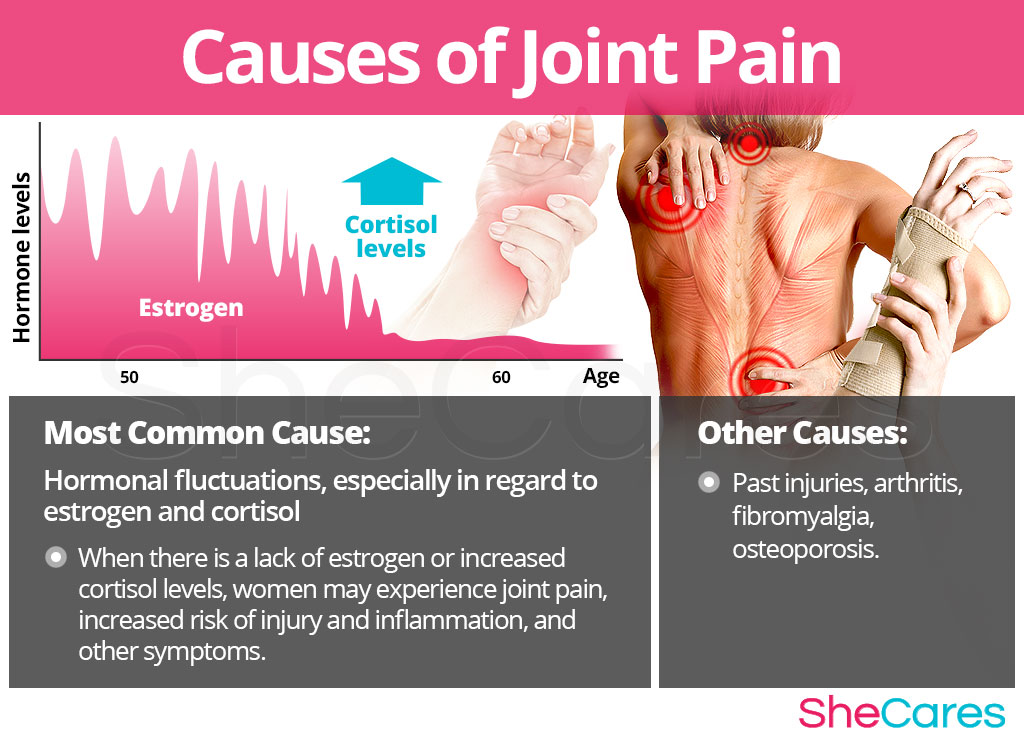
Risk Factors and Triggers
Risk Factors for Joint Pain
Some women are more likely than others to suffer from joint pain for inherent psychological, behavioral and health reasons. These predisposing factors can affect a woman's hormone levels and increase the chances that a woman will develop joint pain during her reproductive life.
Continue reading to learn about the triggers of joint pain.
Triggers of Joint Pain
In addition to long-term risk factors, joint pain can also be triggered by other more controllable habits and environments. Avoiding these habits and better managing one's reaction to these unhealthy environments may help to decrease the onset of joint pain symptoms.
It's important to be able to recognize and understand the signs and symptoms of joint pain, in order to select the proper course of treatment for each individual. Continue reading to learn more about the signs and symptoms of joint pain.
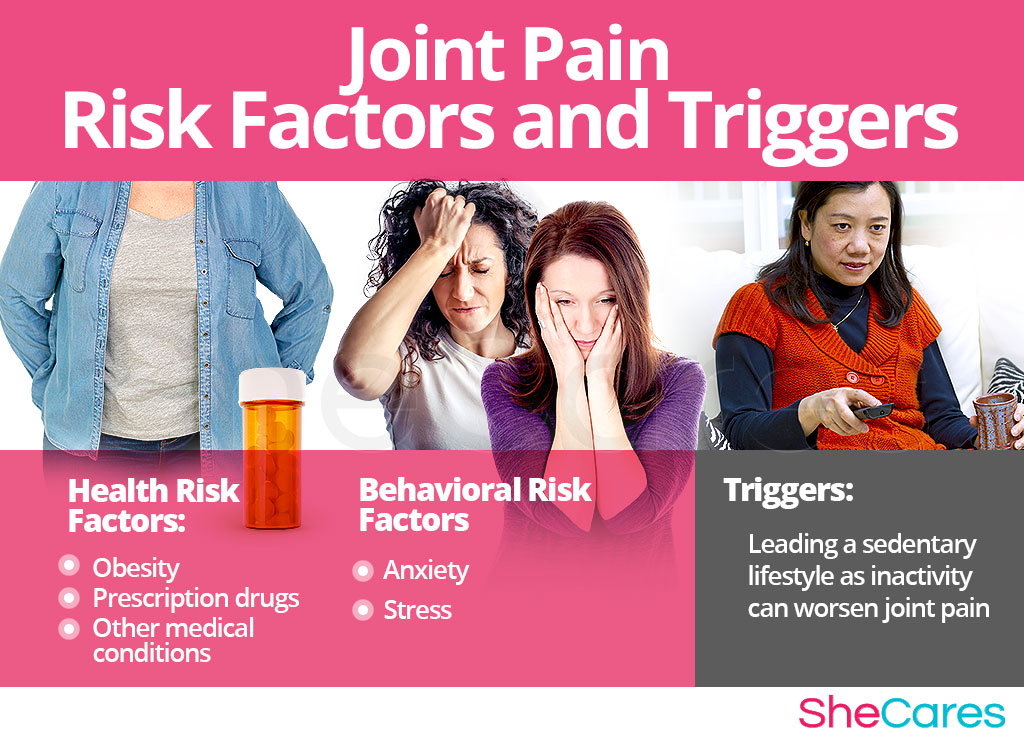
Signs and Symptoms
There are many medical signs and symptoms that can help to identify joint pain. Keep reading to learn more about these, as well as what to expect during a formal medical assessment.
Common Symptoms of Joint Pain
Women experiencing joint pain may suffer from a number of these symptoms, while others may experience only one or two. The intensity and frequency of these symptoms can also vary. Common symptoms of joint pain include:
- Stiffness, swelling, pain or warmth in the joints
- Reduced mobility
- Muscle aching or weakness
- Fever
- Redness
- Fatigue
More serious symptoms of joint pain that may indicate a serious medical condition include:
- Bleeding from minor injuries
- Difficulty breathing
- Rapid, jerky movements
- Unexplained weight loss
- Chest pain
- Visible deformity of the affected joint(s)
Signs of Joint Pain
Beyond the physical symptoms of joint pain, there are also less obvious medical indicators that can be assessed by a doctor or healthcare professional.
- Estrogen level: Estrogen can cause hormonal imbalances, particularly during puberty, pregnancy, postpartum and menopause. The fluctuating levels of estrogen in a woman's body during these phases may result in joint pain.
If joint pain becomes uncontrollable, or may be caused by something other than hormones, it is advised to consult a physician, who can perform tests in order to properly treat the individual case. Keep reading to learn more about joint pain diagnosis and tests.
Diagnosis of Joint Pain
A doctor will perform three procedures in order to diagnose and identify joint pain. They will review the patient's medical history and conduct a physical exam. If there is a risk of depression, a doctor may also perform a psychological evaluation. If necessary, additional tests may be ordered.
Complications of Joint Pain
Joint pain may occur at any stage in a woman's life, and is a condition that can worsen if left untreated. To ensure that joints don't become intolerably painful or immobile, joint pain should never be ignored. People experiencing joint pain should pace themselves according to what their individual bodies can handle, and should try not to perform any activity that may result in overexertion. For many people this will mean refraining from lifting heavy objects, running long distances or kneeling for extended periods of time.
Mild cases of joint pain can occur as a natural part of the hormonal changes associated with a woman's menstrual cycle and can be successfully managed at home. However, occasionally chronic joint pain caused by hormonal imbalance can interfere with a woman's quality of life.
Complications, including permanent joint damage, arthritis, and osteoarthritis, have all been linked to joint pain, which is why addressing pain and identifying the root of the problem is essential, at the earliest stages possible. Continue reading to find out more about how to prevent and manage joint pain.
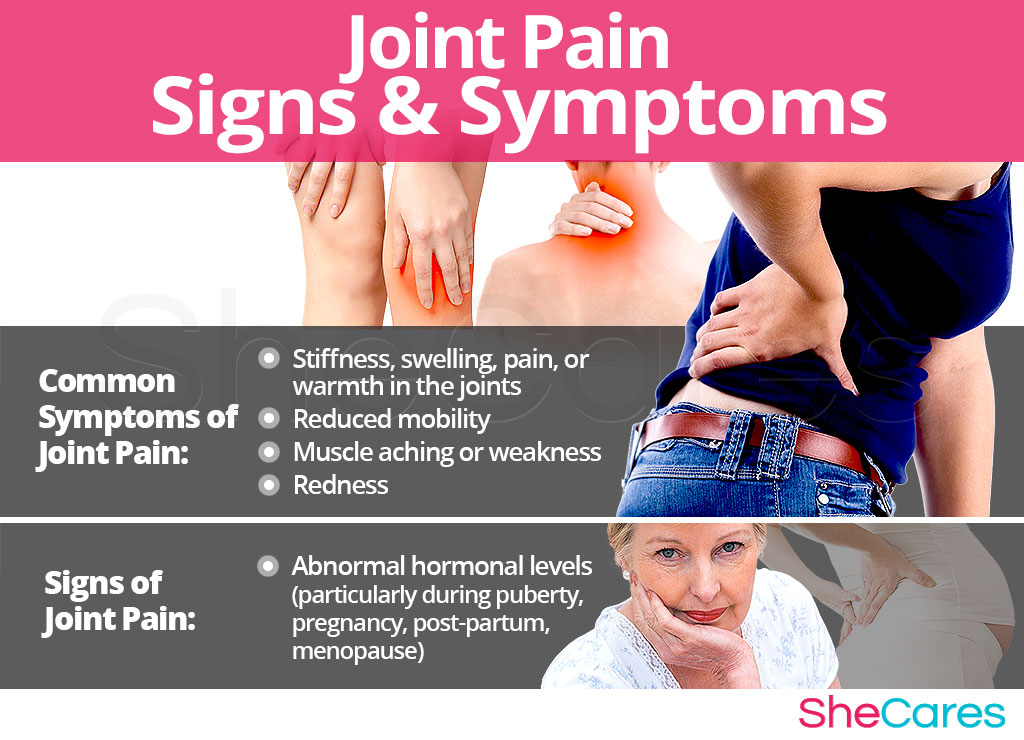
Prevention and Management
Preventing Joint Pain
Luckily for people suffering from joint pain, there are a number of behaviors that can help to prevent and manage this condition. Diet, use of supplements, habits and exercise can all help to decrease the effects of joint pain.
Managing Joint Pain
There are several coping strategies for people experiencing joint pain, and the same strategies can be used on both mild and chronic cases.
It is important to treat any instance of joint pain and discover its cause because even mild cases, if left untreated, can lead to worsened conditions. Continue reading to learn more about joint pain treatments.
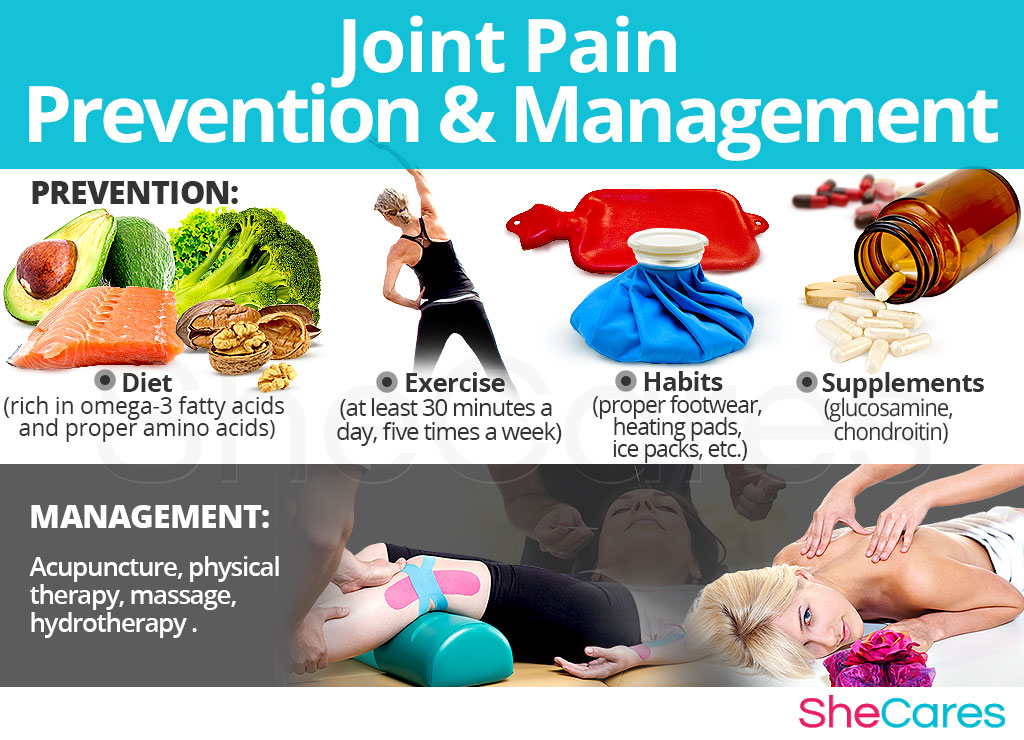
Treatments
The treatment of joint pain, whether the case is mild or chronic, is essential in order to prevent it from becoming an ongoing problem. Treatment will be aimed at reducing pain and inflammation, and preserving joint function.
Three Approaches to Treat Joint Pain
The three ways to treat joint pain are (1) Lifestyle Changes, (2) Alternative Medicine and (3) Pharmaceutical Options. It is always recommended to start with the first line of treatments, which tends to be the least expensive and invasive, but often involves the most self-discipline.
Lifestyle Changes for Joint Pain
Start by keeping a journal to monitor occurrences of joint pain, including when it happens, how long it lasts, severity of pain, activities preceding pain, actions taken to relieve the pain and whether or not they were successful.
If lifestyle changes alone are not effective in decreasing the intensity or frequency of joint pain, it may also be beneficial to incorporate alternative treatments into the daily routine.
Alternative Medicine for Joint Pain
Alternative medicines and supplements involve minimal risk of side effects and can be very effective methods for treating joint pain. Phytoestrogenic and hormone-regulating supplements are the two different types of herbal supplements available to treat this condition.
Phytoestrogenic herbal supplements
These supplements, such as black cohosh, contain estrogenic components produced by plants that complement the low estrogen hormones in a woman's body, helping to alleviate joint pain. By introducing plant-based estrogens into the body, these herbs treat the underlying estrogen deficiency behind joint pain.
They are mainly effective for menopausal women who are more likely to have low estrogen levels but are not necessarily effective for women in other stages of life such as puberty.
Hormone-regulating herbal supplements
These supplements, including Macafem stimulate the body's natural hormone production by nourishing the pituitary and endocrine glands, helping the whole hormonal system produce hormones more efficiently. This ultimately results in balancing not only estrogen but other important hormones such as progesterone.
These supplements can be considered the safest and most natural way to treat the underlying hormonal imbalance behind join pain, and can be taken throughout a woman's life, as they support the body's natural hormone production.
If neither lifestyle habits nor alternative treatments provide any relief from joint pain symptoms, it may be necessary to take drugs recommended by a healthcare professional.
Pharmaceutical Options for Joint Pain
Naproxen sodium, ibuprofen, acetaminophen and aspirin are common drugs used to treat joint pain. This sort of treatment may cause side effects like burning or stinging, and should only be used under the supervision of a medical professional.
For serious conditions, doctors may inject patients' joints with steroid medications every three to four months. This form of treatment is most common in patients who have inflammation, joint disease or arthritis. Injections have been known to provide relief for joint pain, but long-term side effects are not yet known.
Side effects may occur as the result of taking any drugs. It is recommended to take drugs only when necessary, and under the advice and monitoring of a healthcare professional. A combination of alternative therapies and drugs seems to be the most effective solution to cases of chronic joint pain.
These three approaches are not mutually exclusive. A woman may use different approaches at different times or any combination of them, depending on the duration and severity of symptoms. Today more and more women find that dealing with menopause symptoms is best accomplished via a combination of healthy lifestyle and alternative treatments.
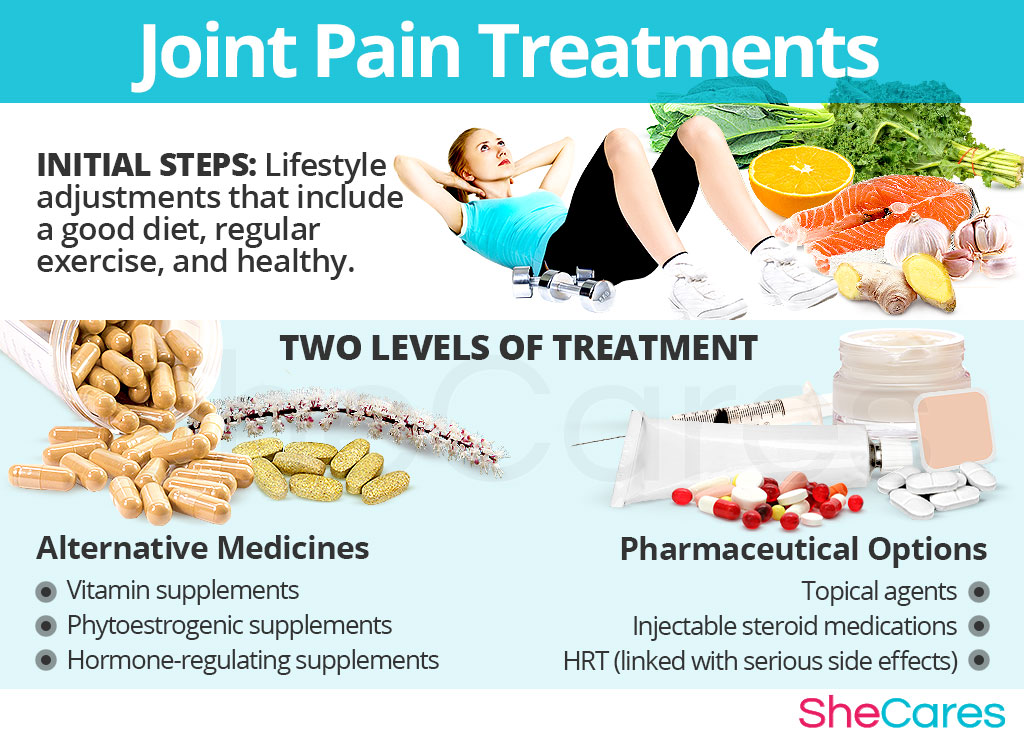
Sources
- MenopauseNow. (n.d.). How Anxiety Induces Joint Pain. Retrieved on September 6th, 2017, from https://www.menopausenow.com/joint-pain Joint pain
- Alive. (n.d.). Joint Pain. Retrieved on September 6th, 2017, from http://www.alive.com/articles/view/17760/joint_pain Joint pain
- Calm Clinic. (n.d.). How Anxiety Induces Joint Pain. Retrieved on September 6th, 2017, from http://www.calmclinic.com/anxiety/symptoms/joint-pain
- Everyday Health. (2017). Joint Pain and Women. Retrieved on September 6th, 2017, from http://www.everydayhealth.com/womens-health/joint-pain-and-women.aspx Joint pain and women
- Fitness.com.(n.d.). New Mothers and Joint Pain. Retrieved on September 6th, 2017, from http://www.fitness.com/articles/704/new_mothers_and_joint_pain.php
- Niels, W; Lars Bo, A; Karsten, F; and Leboeuf-Yde; Ch. (2005). Back pain reporting in young girls appears to be puberty-related - BMC Musculoskeletal Disorders 2005 6-52. Retrieved on September 6th, 2017, from https://www.ncbi.nlm.nih.gov/pmc/articles/PMC1291369/
- Primary Care Companion to the Journal of Clinical Psychiatry. (2004). The Link Between Depression and Physical Symptoms. Retrieved February 18, 2021 from https://www.ncbi.nlm.nih.gov/pmc/articles/PMC486942/
- University of Maryland Medical Center. (2016). Joint pain. Retrieved on September 6th, 2017, from http://www.umm.edu/ency/article/003261.htm Joint pain overview
- Women's Health Network. (2016). Causes of joint pain and stiffness. Retrieved on September 6th, 2017, from http://www.womentowomen.com/understandyourbody/symptoms/stiffnessjointpain.aspx Symptoms - joint pain and stiffness

